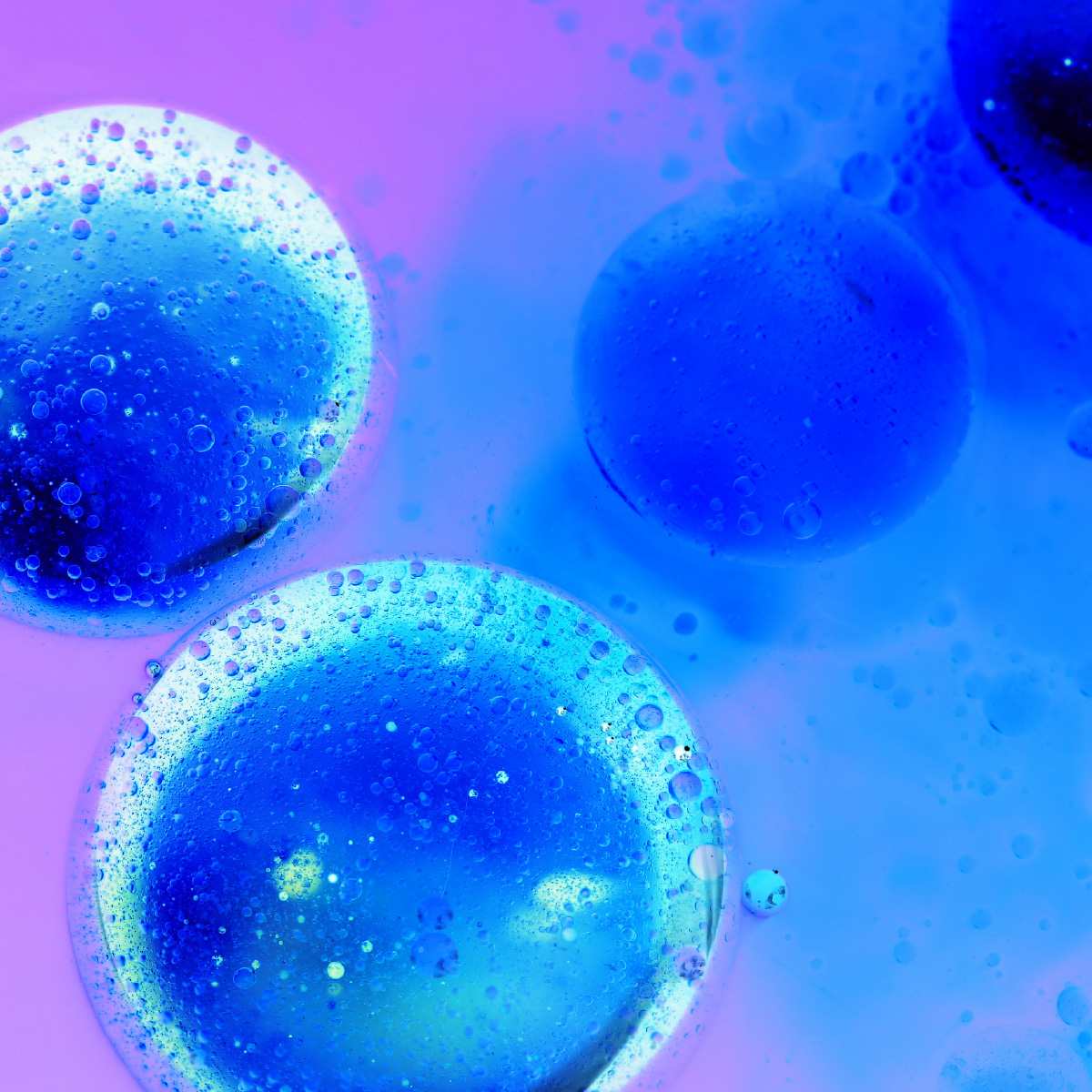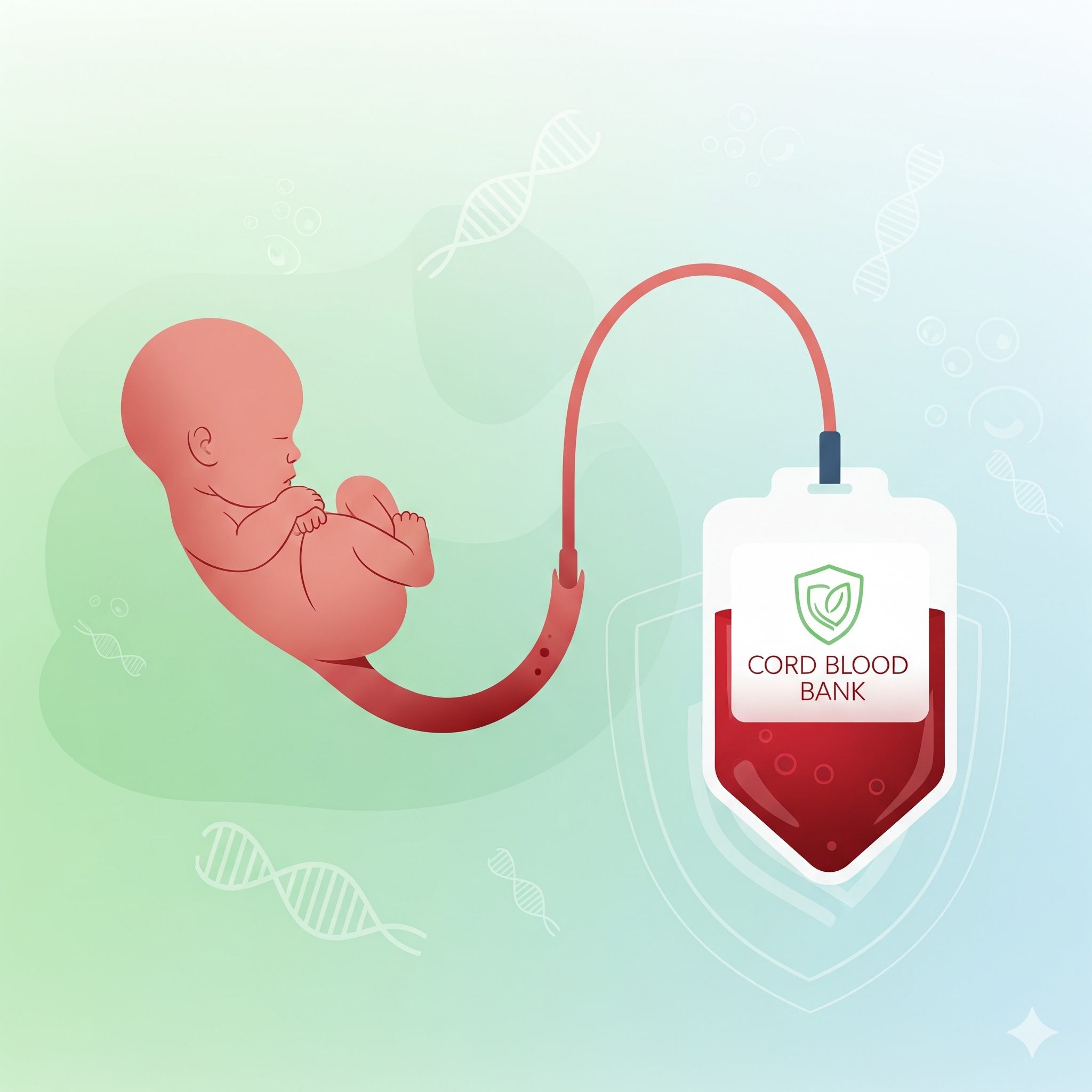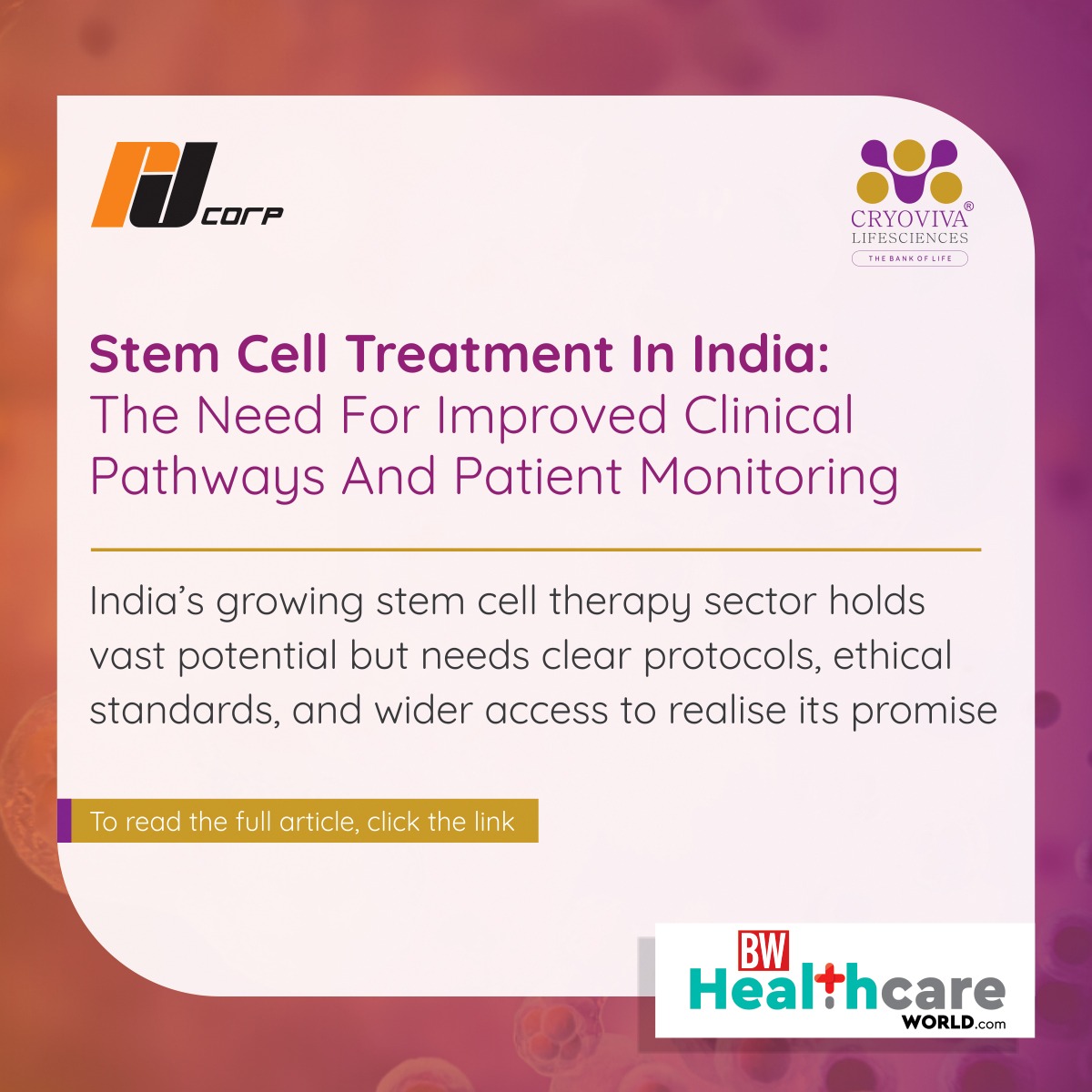Is Cord Tissue Banking Worth It?

We are living in an era of regenerative medicine, with numerous clinical trials being conducted on stem cells for regenerative purposes. Many of these studies involve cord tissue stem cells, which are tissues extracted from the umbilical cord after the baby is born. These stem cells help rebuild cardiac tissue and repair neural or spinal cord injuries. They may also help heal connective tissues damaged in sports injuries, Alzheimer’s and Parkinson's, reverse the effects of autism, and build organs. While research is still in its early stages, the possibilities associated with cord tissue banking are promising and endless. If you are soon-to-be parents and thinking about whether to preserve your baby’s cord tissue, let this article help you understand cord tissue banking and its use. Let’s get started!
Cord Tissue Banking: Is it Worth?
Cord tissue has a myriad of uses and can be many, making it highly beneficial to consider storage of the cord stem cells. Cord tissue preservation can be helpful to protect your little one and other family members. It is useful in:
- Tissue Repair: Mesenchymal stem cells (MSCs) from cord tissue can differentiate into various types of cells, including bone, cartilage, and muscle cells. This makes them valuable for repairing or regenerating damaged tissues.
- Neurological Disorders: MSCs have shown potential in treating neurological conditions like spinal cord injuries, stroke, and neurodegenerative diseases.
- Cardiovascular Diseases: MSCs can help repair heart tissue damaged by heart attacks or other heart disease. They also help improve heart function and patient outcomes.
- Immune Modulation: Cord tissue stem cells can modulate immune responses, which makes them promising for treating autoimmune diseases such as rheumatoid arthritis and multiple sclerosis. They can help reduce inflammation and tissue damage caused by overactive immune responses.
- Enhanced Healing: MSCs can promote faster and more efficient wound healing, such as burns and chronic ulcers. They also facilitate the regeneration of skin and other tissue, reducing the overall healing time.
- Family Compatibility: Cord tissue preservation can potentially be a genetic match for siblings and other family members, increasing the chances of successful treatments and transplants within the family.
Cord Blood vs. Cord Tissue Banking: Which is Better?
Cord blood banking is another way to preserve stem cells for future regenerative medicine purposes. Now, the question is - which one among cord blood and cord tissue banking is better for your health?
Cord blood includes the collection and storage of plasma, platelets, and red and white blood cells from the leftover blood in the umbilical cord. Cord tissue, on the other hand, contains Wharton’s jelly and the remaining tissue. Both cord tissue and cord blood are home to several stem cells of different kinds with different functions. Cord tissue contains MSCs, while with cord blood banking, you can extract Hematopoietic stem cells (HSCs). The former can form several types of tissues, while the latter forms several types of blood cells.
Cord blood is used to treat:
- lymphomas
- myelomas
- leukemia
- myeloproliferative syndrome
Embracing Cord Tissue Banking for Future Health
Clinical trials are already underway to investigate how far cord tissue banking helps physicians in treating several medical conditions. If you are looking for one of the best cord tissue banks in India and beyond, Cryoviva is your best bet. Book a consultation with our experts and learn more about cord tissue uses in detail. Pick any of their packages and offer well-rounded protection to your family!






 Enquiry
Enquiry
 Email
Email Phone
Phone
 Whatsapp
Whatsapp